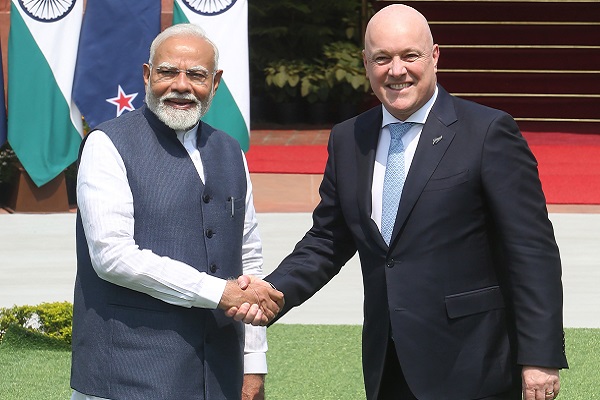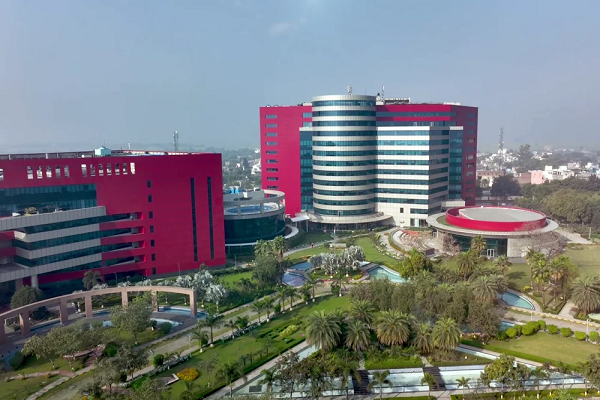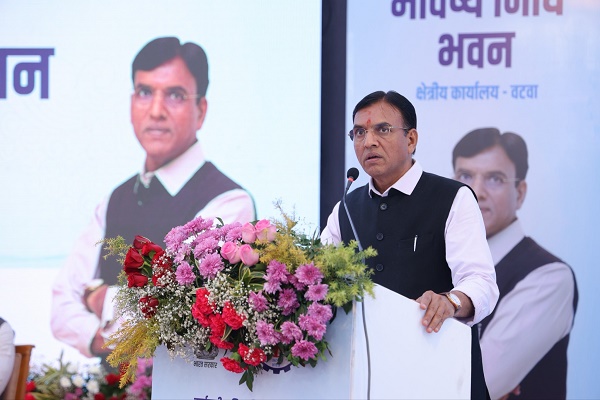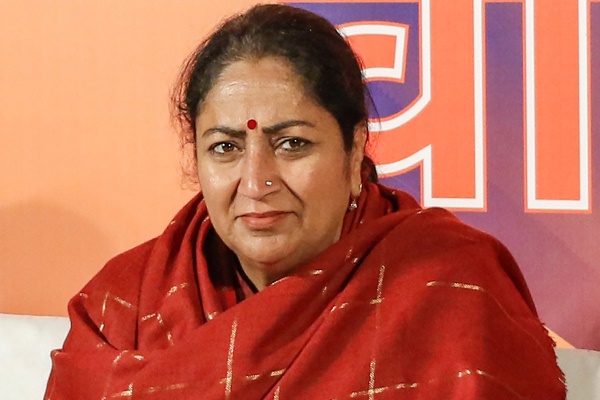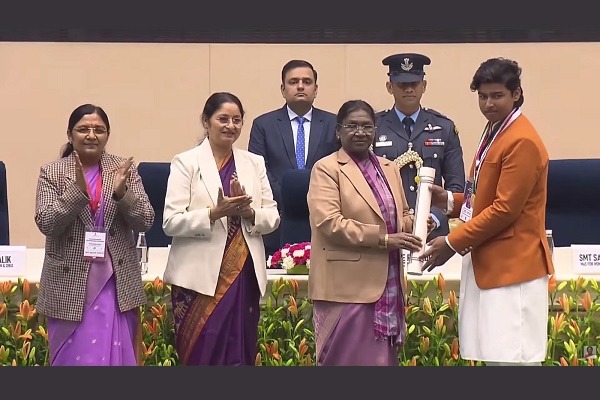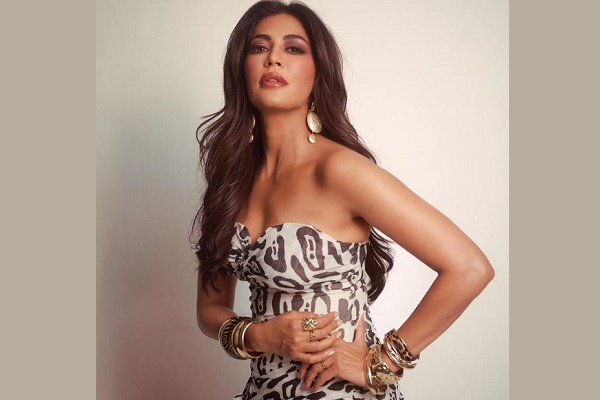The Role of Consumers in the Sustainable Fashion Movement

*Introduction: As the fashion industry grapples with its environmental impact, consumers are emerging as pivotal players in the push for sustainable practices. No longer passive participants, modern shoppers are increasingly becoming conscious of how their purchasing decisions can shape the future of fashion. With a growing focus on environmental responsibility, ethical production, and reducing waste, consumers are playing a crucial role in transforming the fashion industry into one that prioritizes sustainability. This article explores how consumer choices are influencing sustainable fashion, from supporting eco-friendly brands to making mindful shopping decisions.
Section 1: Conscious Consumerism – A Shift in Perspective Over the past few years, there has been a significant shift in consumer behavior. Traditional fast fashion, often criticized for its environmentally harmful practices, is being challenged by a new breed of consumers who demand transparency, ethical sourcing, and sustainability from the brands they purchase. This shift is primarily driven by increased awareness of the environmental impact of fashion, including the high carbon footprint, excessive waste, and labor exploitation associated with mass production.
As consumers, especially millennials and Gen Z, become more informed about the ecological and social costs of fast fashion, they are gravitating toward brands that emphasize sustainability. Whether it’s choosing garments made from organic cotton, opting for vegan leather, or supporting brands with transparent supply chains, consumers are actively making choices that support a more sustainable industry.
Section 2: The Power of Ethical Choices The modern consumer now holds the power to drive change by supporting companies that align with their values. One of the most significant shifts in the fashion industry has been the rise of "ethical fashion." Consumers are increasingly prioritizing brands that champion fair labor practices, prioritize the well-being of garment workers, and promote the use of sustainable materials.
*Key factors that influence consumer choices include:
*Material Transparency: Consumers are choosing brands that use eco-friendly fabrics such as organic cotton, bamboo, and recycled polyester, all of which have a lower environmental impact compared to conventional textiles.
Fair Trade Practices: Consumers are also more likely to support brands that ensure fair wages and safe working conditions for the workers involved in the production process.
Circular Fashion: The concept of circular fashion, where garments are designed for longevity and can be recycled or repurposed at the end of their life cycle, is gaining traction among environmentally conscious shoppers.
By making informed decisions and supporting brands that advocate for these values, consumers are directly influencing the demand for ethical practices within the fashion industry.
Section 3: The Role of Social Media in Raising Awareness In the digital age, social media has become a powerful tool for spreading awareness about sustainable fashion. Influencers, activists, and consumers themselves are using platforms like Instagram, YouTube, and TikTok to promote eco-friendly fashion choices. Hashtags like #SustainableFashion, #SlowFashion, and #EcoChic have helped create a community of like-minded individuals who are passionate about sustainability.
Social media not only educates consumers about the environmental impact of fashion but also provides them with access to sustainable brands that they may not have otherwise discovered. The ability to share information quickly and widely has led to greater transparency in the industry, as brands feel the pressure to adopt more sustainable practices in response to consumer demand.
Section 4: The Impact of Consumer Choices on Fashion Brands The power of consumers is undeniable. As demand for sustainable fashion grows, brands are being forced to adapt. Many fashion giants, including fast fashion labels, are introducing "green" lines or transitioning to more sustainable production methods in response to consumer pressure.
*Brands are now prioritizing:
*Sustainable Sourcing: More brands are investing in sustainable materials, such as recycled fabrics, and developing eco-friendly manufacturing processes.
Transparency and Traceability: Consumers are demanding more transparency regarding where and how their clothes are made. Brands are responding by providing detailed information about the sourcing, production processes, and environmental impact of their collections.
Circular Initiatives: Some brands are adopting circular business models, offering repair services, and encouraging consumers to recycle their old garments instead of discarding them.
The market's response to these shifts shows that when consumers make ethical fashion choices, brands are more likely to follow suit, creating a positive feedback loop for the industry.
Section 5: Challenges and the Path Forward While consumer awareness is growing, there are still challenges that hinder the widespread adoption of sustainable fashion. The higher cost of eco-friendly materials, limited availability of truly sustainable brands, and the complexity of recycling fashion items all pose obstacles.
However, the increasing demand for sustainability is paving the way for innovation. As more consumers choose sustainable options, the industry will continue to evolve, making eco-friendly fashion more accessible and affordable. Additionally, consumers have a role to play in creating lasting change by advocating for greater industry standards and holding brands accountable for their environmental and social impact.
*Conclusion: Consumers are at the heart of the sustainable fashion movement. By making informed, conscious choices, they are shaping the future of the fashion industry. As awareness grows and the demand for sustainable practices increases, brands will be compelled to adopt greener, more ethical approaches. The journey toward a more sustainable fashion industry is just beginning, but with consumers leading the way, the potential for positive change is vast.
